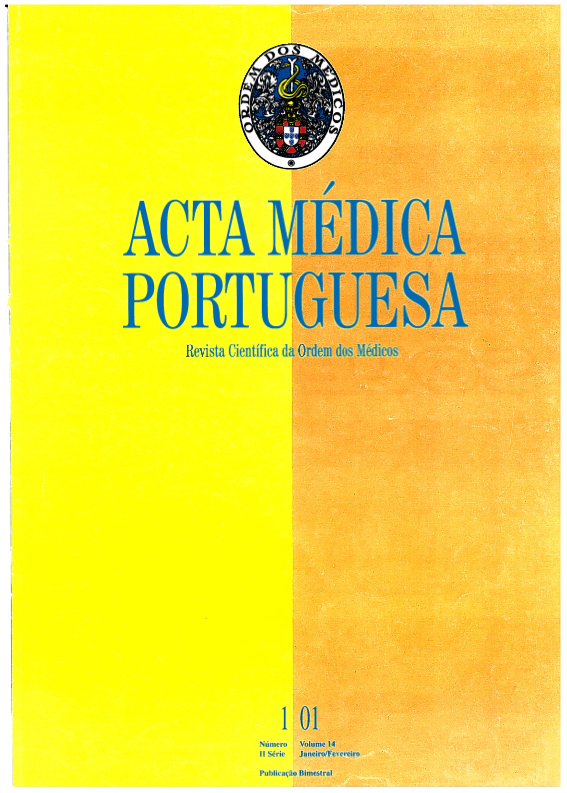Neuroradiology of Kallmann's syndrome.
DOI:
https://doi.org/10.20344/amp.1830Abstract
The present study refers to the magnetic resonance characteristics observed in a group of three patients with clinical and laboratory evidence of Kallmann's Syndrome. This disease, also named olfactogenital dysplasia, affects the normal gonadal and olfactory development and is clinically characterized by the association of hypogonadotrophic hypogonadism and anosmia/hyposmia. The study protocol, which included the attainment of sagittal and coronal T1-weighted MPRAGE (Multiplanar Rapid Acquisition Gradient Echo) volumetric sequences, showed defective rhinocephalon development in all patients, expressed by the aplasia/hypoplasia of the olfactory bulbs/tracts and/or of the olfactory sulci. The changes observed corroborate the predictable imaging of this genetic disorder and have been mainly visible in the coronal slices obtained. The results shown are more clear evidence that magnetic resonance is an effective method to show the abnormalities in the olfactory region that are invariably found in this syndrome.Downloads
Downloads
How to Cite
Issue
Section
License
All the articles published in the AMP are open access and comply with the requirements of funding agencies or academic institutions. The AMP is governed by the terms of the Creative Commons ‘Attribution – Non-Commercial Use - (CC-BY-NC)’ license, regarding the use by third parties.
It is the author’s responsibility to obtain approval for the reproduction of figures, tables, etc. from other publications.
Upon acceptance of an article for publication, the authors will be asked to complete the ICMJE “Copyright Liability and Copyright Sharing Statement “(http://www.actamedicaportuguesa.com/info/AMP-NormasPublicacao.pdf) and the “Declaration of Potential Conflicts of Interest” (http:// www.icmje.org/conflicts-of-interest). An e-mail will be sent to the corresponding author to acknowledge receipt of the manuscript.
After publication, the authors are authorised to make their articles available in repositories of their institutions of origin, as long as they always mention where they were published and according to the Creative Commons license.









